
“Oh dear… It’s time for another meal…”
If you’ve ever felt the meal time blues, then you may have been one of the generation of Disney World fans whose view of the kitchen was forever changed by Kitchen Kabaret, an EPCOT Center original. Prepared by Kraft Foods and brought to life by Disney Imagineers, this incomparable animatronic “dinner” show gave visitors a musical lesson on the “four basic food groups" and how to chase those meal time blues away!
A bygone blues celebration of snacking, Kitchen Kabaret joins our growing library of Lost Legends – in-depth entries telling the complete behind-the-scenes stories of forgotten favorites and closed classics from around the globe. Like Snow White’s Scary Adventures, The Twilight Zone Tower of Terror at Disney California Adventure, Captain EO, Universal Orlando’s Kongfrontation, or any of the dozens of other Lost Legends we've chronicled, we’re determined to dig into this family favorite and relive the musical extravaganza. And like all Lost Legends, we have to start the story in the beginning…
Disney World’s Fair
For many readers here, the story of EPCOT Center’s origin and opening is a tale as old as time. That’s because of the enormous (and growing) collection of Lost Legends whose stories we’ve told, as the park’s unfortunate turnover of classics is legendary. But there are a few key points worth recalling once again.
Image: Disney
First, we flash back to Walt’s original vision for an Experimental Prototype Community of Tomorrow – a sincere, living, breathing city where tens of thousands would’ve lived. It was Walt’s idea that this EPCOT could be a prototype for urban design and city planning of the future, informing the construction of any American city to follow after. Master-planned, pedestrian friendly, and connected via the applied installations of mass transit systems merely tested at Disneyland (the Monorail and Lost Legend: the Peoplemover), EPCOT was Walt’s true goal – his new pet project.
Obviously, after his unexpected death in 1966, executives at Walt Disney Productions decided they were in no position to run a city, so EPCOT was tabled. When the idea of adding a second theme park to Walt Disney World arose, then-CEO Card Walker orchestrated a revival of the EPCOT concept, though the resulting EPCOT Center would be a theme park rather than a city. Still, EPCOT Center would take the core concepts from Walt’s city – technology, innovation, American enterprise, and human achievement – to create a permanent World’s Fair.
Image: Disney
The park’s Future World realm, for example, would host enormous, gargantuan pavilions (again, modeled from a World’s Fair concept) with each focused on a single area of industry and innovation and with massive international corporations footing the bill and shaping the contents.
EPCOT Center would be quite unlike anything Disney had done before. Up until 1982, a trip to “Disney” was synonymous with princesses, castles, fantasy, and characters. EPCOT Center would leave it all behind to tell the real stories behind real areas of science and society. No princess. No characters. No Mickey Mouse! The freedom (and challenge) of such a radical new way of thinking is what inspired some of the most beloved Disney Parks attractions on Earth – the revolutionary, lengthy, educational dark rides that once called each EPCOT Center pavilion home.
Image: Disney
At its height, Future World would host pavilions dedicated to communication, innovation, energy, the human body, transportation, imagination, the seas, and the subject of today’s entry – the Land.
Designing the Land
Imagining that EPCOT Center’s Future World pavilions represented “slices” in a pie chart of science and industry, it’s not too revolutionary to consider that “the land” would earn one of those slices. Indeed, it’s right at home among such scientific areas as the seas, the human body, and energy. What is worth considering, though, is how The Land pavilion selected the focus that it did – nutrition, agriculture, and horticulture.
If you can imagine, the original idea for The Land was something entirely different.
Image: Disney
As first envisioned, The Land would’ve been an icon of EPCOT Center – a towering pavilion comprised of seven prismatic glass crystal towers. Designed by Disney Legend and fan-favorite Imagineer Tony Baxter, these glass towers would’ve been massive greenhouses, each populated by a different carefully maintained ecosystem for guests to explore… for example, a deciduous forest biome, a desert biome, a rainforest biome, an urban biome, etc.
The pavilion’s headlining attraction would’ve been a suspended dark ride with guests seated in the baskets of hot air balloons, whisked through the world’s ecosystems by following water from the mountaintops and down through the habitats and ecosystems of the world. In a spectacular grand finale, the balloons would’ve burst out of the confines of the dark ride and entered into those greenhouse towers, soaring over the exploring guests below.
As grand and educational as EPCOT Center’s finest, The Land was poised to be an icon of the park’s early days, casting us as protectors of nature by showing us the complexity, beauty, and fragility of the planet.
So why on Earth would Disney not have brought this concept through to completion? Simple…
Sponsorship
Image: Disney
On paper, Disney executives must’ve seen the sponsorship model not only as EPCOT Center’s lifeblood, but as its coup; a win-win. After all, mega-corporations would come on board and foot the bill for a pavilion’s construction and maintenance… then, they’d regularly reinvest to keep their pavilion up-to-date! After all, no corporation would want its name associated with aging technologies or entertainment at Walt Disney World! Disney, for its part, just needed to design attractions to appease those sponsors and request more money when it was needed.
What really happened is a bit different… While there are dozens of stories to be told (and many have been in associated entries for EPCOT Center's Lost Legends: Body Wars, Maelstrom, Universe of Energy, and World of Motion to name just a few), the thing that stalled this ecological version of The Land right out the gate was that its sponsor didn’t come through at all.
A logging company had signed on to sponsor The Land, and had requested a feel-good pavilion about habitats, ecosystems, and environmental protection… a smart and natural connection to their company and the message it wanted to portray. And that's precisely what Tony Baxter's version of The Land would've been. But in 1978 – early on in EPCOT Center’s design – the logging company dropped out.
Image: Kraft Heinz Company
Disney instead secured sponsorship from Kraft Foods. And while Baxter’s concept for The Land was grand, it didn’t match up with Kraft’s business or message. They (justifiably) requested that Disney go back to the drawing board to create something that fit their brand, with a focus on agriculture, horticulture, farming, harvesting, and food production.
Baxter, for his part, was reassigned to the empty plot of land next door where long-time Disney partner Kodak had said they didn’t care what topic Disney chose for them to sponsor but requested that their pavilion be “something imaginative” (see Lost Legends: Journey into Imagination) and The Land was redesigned.
Image: Disney
On the next page, we’ll see exactly what the pavilion contained… Read on…
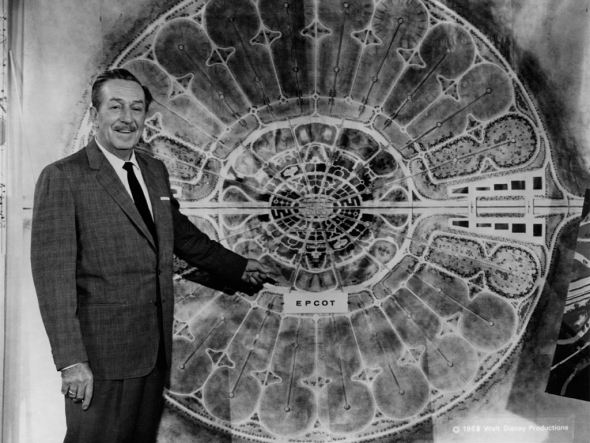
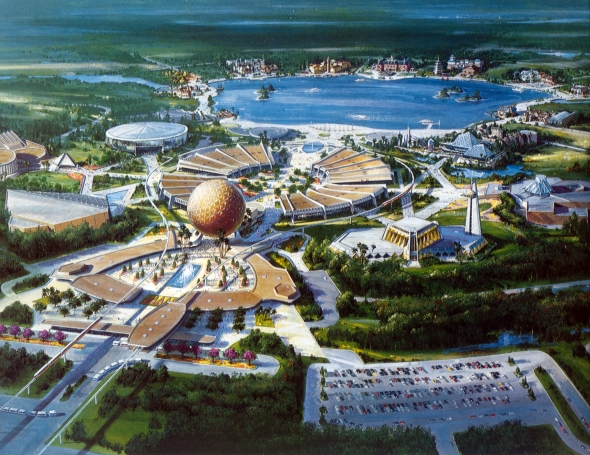
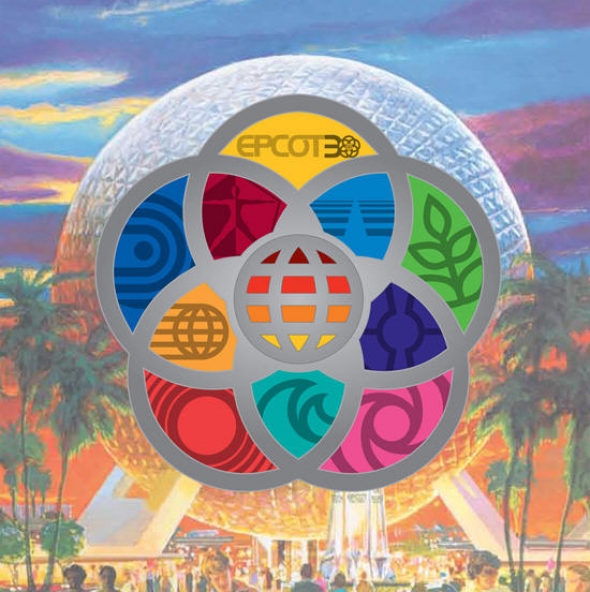
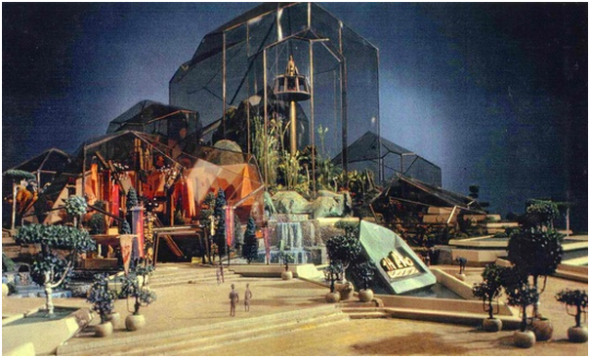
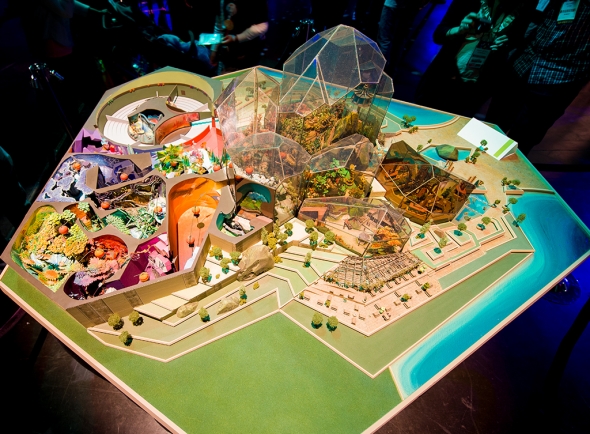
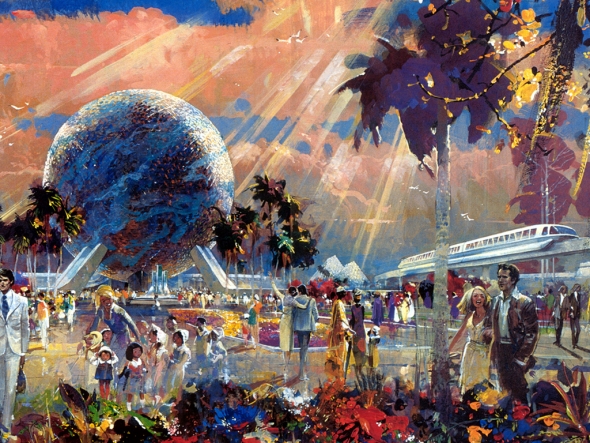
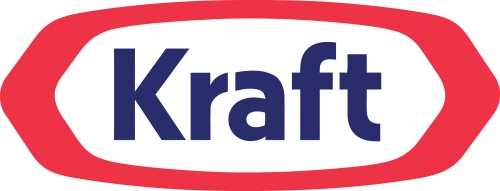
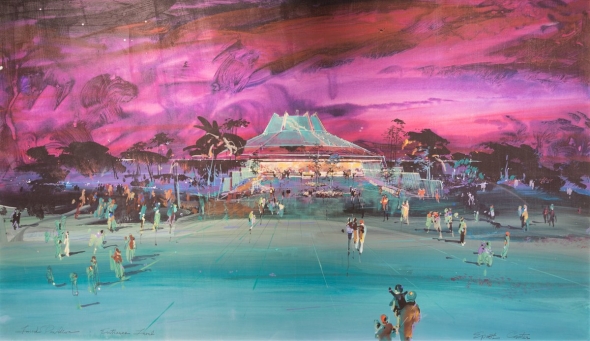

Comments
Thanks for such informative articles!
It occurs to me that, given the original concept for The Land, the current Soarin' Around the World is actually not too far off. From page 1 of this feature, you wrote,
"The pavilion’s headlining attraction would’ve been a suspended dark ride with guests seated in the baskets of hot air balloons, whisked through the world’s ecosystems by following water from the mountaintops and down through the habitats and ecosystems of the world."
Trade "baskets of hot air balloons" for "hang gliders", and this sounds a lot like Soarin' Around the World. True, SAtW highlights recognizable world landmarks rather than ecosystems, but perhaps someday they could get there. It could be educational AND thrilling!
Just a thought...
If Epcot did think that they would need to enhance the Land Pavillion I could definitely see WALL-E as a good fit, since in our world today we are dealing with an energy crisis and global warming, and WALL-E had that same plot line and it could replace the Circle of Life an Environmental Fable as a new animated short showing how WALL-E and Eve are conserving energy and not wasting materials. I think that WALL-E would be a good fit in The Land Pavillion.